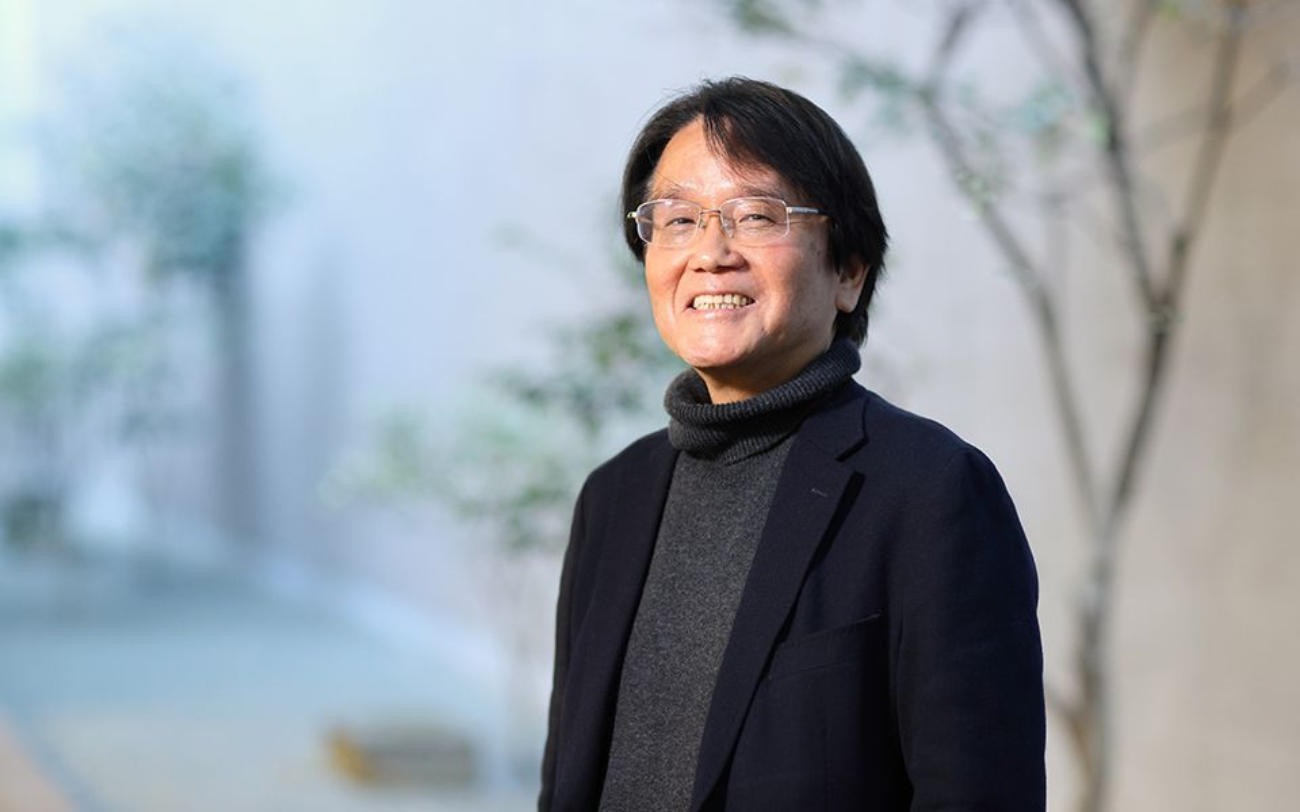An 8K-Image Technology: A Game-Changer for Future Surgery ーCabinet Office ,Government of Japanー

Scene from an actual surgery using the 8K endoscope on a human patient. The images produced are more detailed than those visible to the naked eye. With multiple doctors and medical staff being able to watch the operation at the same time, they can undertake more difficult surgeries and share the knowledge and experience gained.

An 8K image features many more pixels than the commonly used 2K image, allowing even the smallest details of the subject to be seen clearly.

CHIBA Toshio, M.D., Ph.D.
Specialist in fetal and pediatric surgery. Chairman of board of directors of the Medical Innovation Consortium and project professor at Juntendo University, Faculty of Medicine. He was awarded the Albert Schweitzer Award in 2020 for his achievements in the development of 8K endoscopes.
The world’s first 8K endoscope has been developed by a Japanese doctor by applying the technologies of NHK Science & Technology Research Laboratories. Bringing microscopic nerves and blood vessels into full view on a big screen, it makes advanced surgical procedures safer than before. How does such unprecedented resolution transform medical practice?
“It’s as if I were performing surgery inside the patient’s stomach!”
The surgeon, Prof. MORI Toshiyuki of Kyorin University, was amazed at the high-resolution image being projected onto the monitor display when he operated to remove a gallbladder in the world’s first clinical surgery with the 8K rigid endoscope. 8K footage boasts 16 times as many pixels as the 2K footage of endoscopes widely used today. That is nearly equivalent to being able to read a newspaper from 10 meters away, and makes tiny blood vessels and sutures—invisible to the naked eye—clearly visible.
Prof. CHIBA Toshio, a Japanese surgeon who has performed endoscopic surgeries on fetal patients, developed this world’s first 8K rigid endoscope. He felt there was room to improve conventional endoscopes of the time with their low image quality and light sensitivity.
In 2006, while working as a doctor at the National Center for Child Health and Development, Prof. Chiba was transfixed by a documentary broadcast on Nippon Hoso Kyokai (NHK, or Japan Broadcasting Corporation) about the arrest of an airplane hijacker. What captured his attention so firmly was the fact that the faces of those involved were clearly visible, even though the camera footage was taken in the middle of the night in pitch darkness.
He desperately wanted to make use of this video technology for endoscopic surgery. So, without wasting any time on making a prior appointment, he went immediately to talk to NHK Science & Technology Research Laboratories, which was conveniently located opposite his workplace. He was lucky enough to bump into the then director-general, TANIOKA Kenkichi. The pair hit it off and decided on the spot to start development to incorporate first the night-vision technology known as HARP and then the ultra-high-definition 8K technology in rigid endoscopes.
At the time the prototype 8K endoscope was introduced into clinical practices in 2014, it weighed 2.5 kg. Reducing it to be small and light enough for practical use in surgery was therefore a major challenge. However, after much repeated effort, Prof. Chiba succeeded in reducing the weight of the device to 450 g in just four months. In 2017, an 8K rigid endoscope was commercially launched, and the 8K Surgical Microscope was released later.

The 8K endoscope was developed by Prof. Chiba and his team by applying the 8K-image sensor technology for broadcasting used by NHK Science & Technology Research Laboratories.
“It’s because Japan has a very high level of technical expertise in 8K-image sensors and endoscopic lenses that we were able to make the product so much more practical,” he remarks. “Compared to conventional endoscopes, 8K has a far greater sense of realism. Once you’ve experienced it, you can’t go back to the old image quality.” This technology, which enables observations of minute details in the inner structure of the body, not only allows for safer and more accurate surgical procedures, but also provides the means for types of surgery that have previously been extremely difficult. The possibilities for medical treatment are wide-ranging, as Prof. Chiba says: “Footage of surgery by skilled surgeons can be used for educational purposes, and online medical care and remote surgery by medical specialists can happen far more easily.”
To make the most of 8K-endoscope technology, it is vital to develop high-speed communication networks, such as 5G and fiber optics, to efficiently share the vast amounts of 8K data. And if there is progress in the development of robotic forceps for more precise operability than with the human hand, and evolution of AI capable of faster and more accurate diagnostic imaging, then 8K endoscopes will be able to demonstrate their true value.
Prof. Chiba goes on, “How quickly we can bring good products to the practical field is important. In order to do this, I believe we need to foster open innovation across borders and industries. Certainly, I would like to cooperate with people and companies overseas to build infrastructure and develop technologies that make use of our 8K technology.”
Japan’s video technology, first developed around television broadcasting, is having an impact that could change the future of medical care. No doubt Prof. Chiba will continue to take on the challenge of creating even better medical treatment.
Note: Cabinet Office ,Government of Japan online magazine
” HIGHLIGHTING JAPAN English edition ” on #185 OCTOBER 2023

